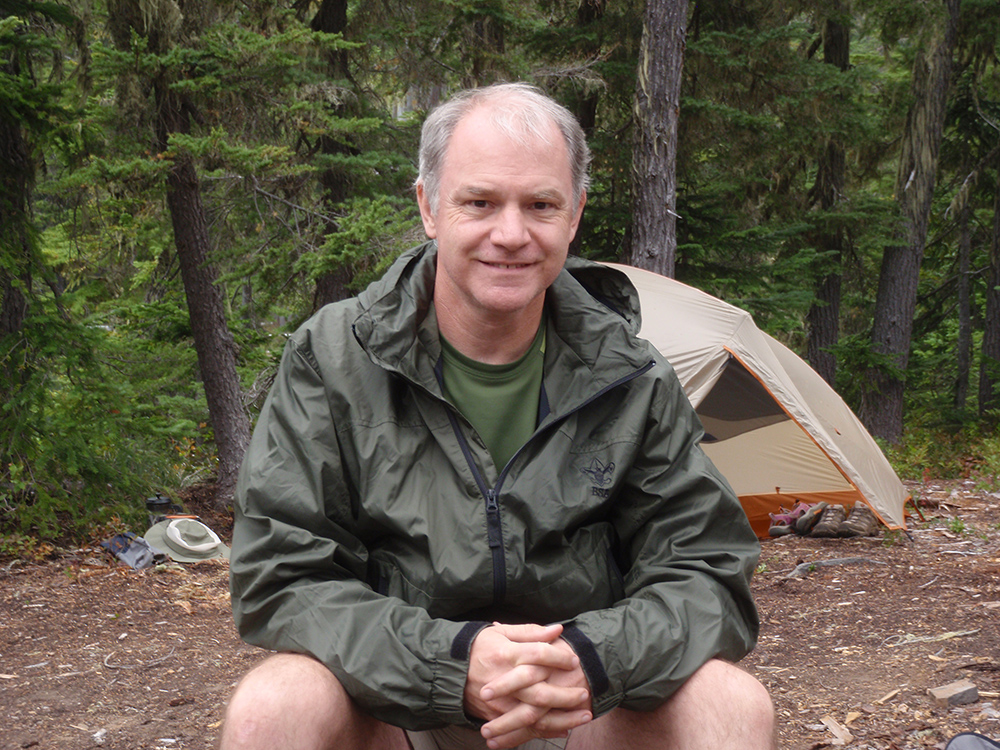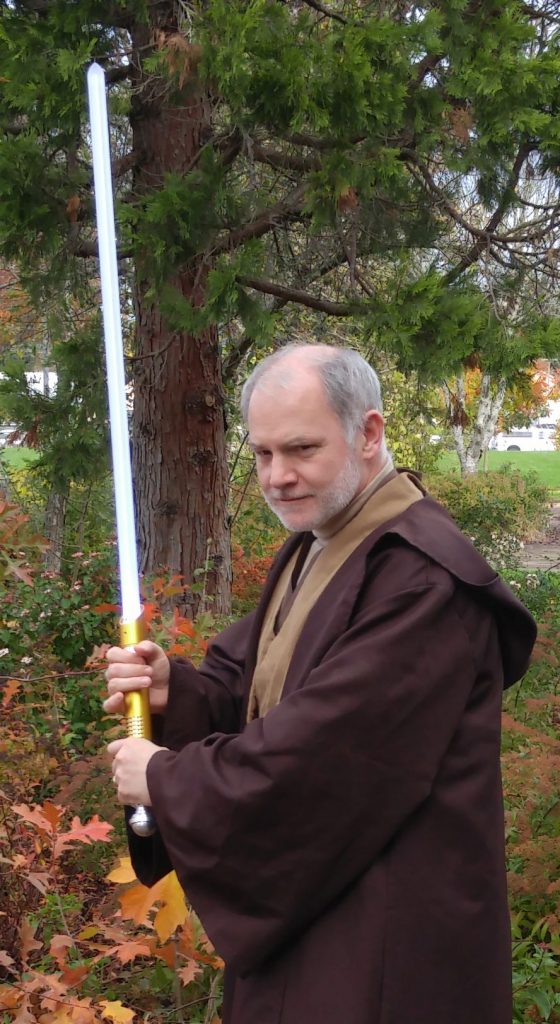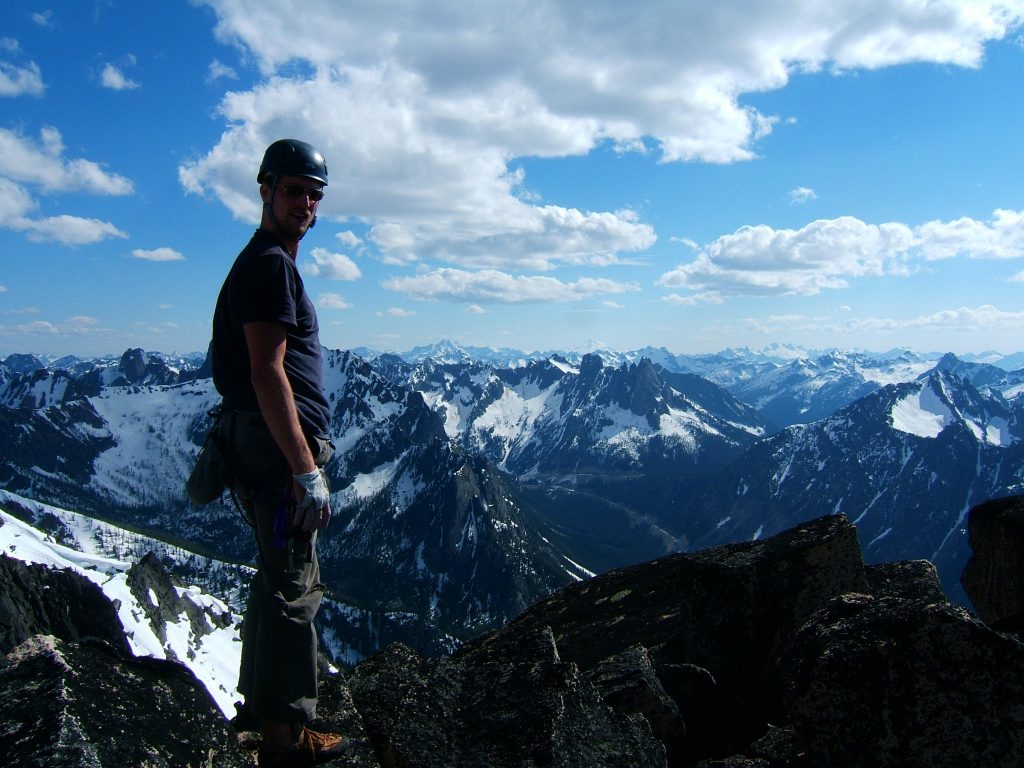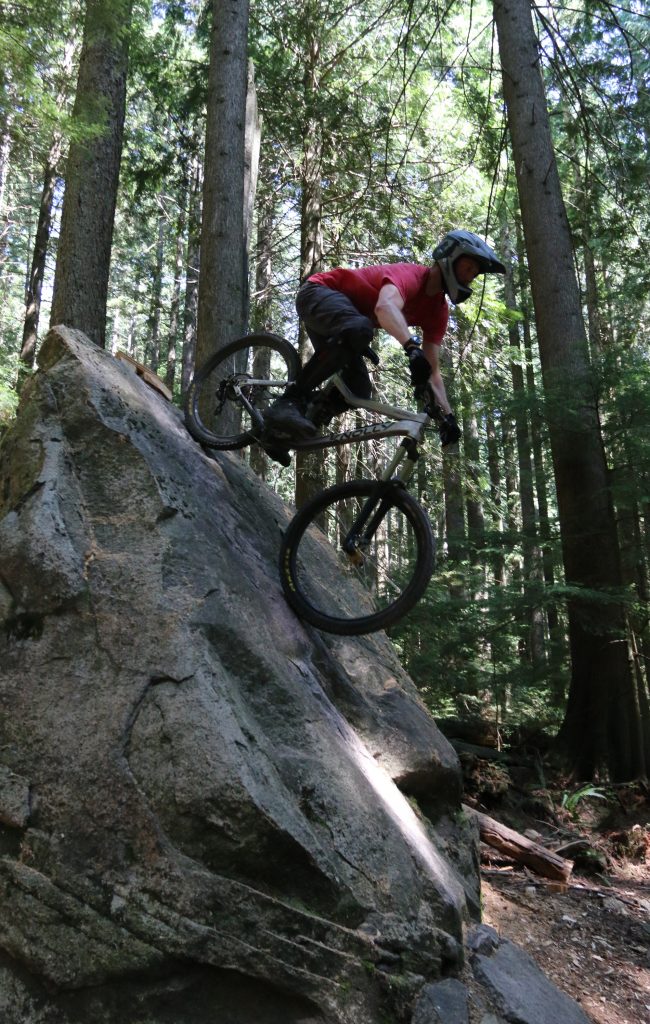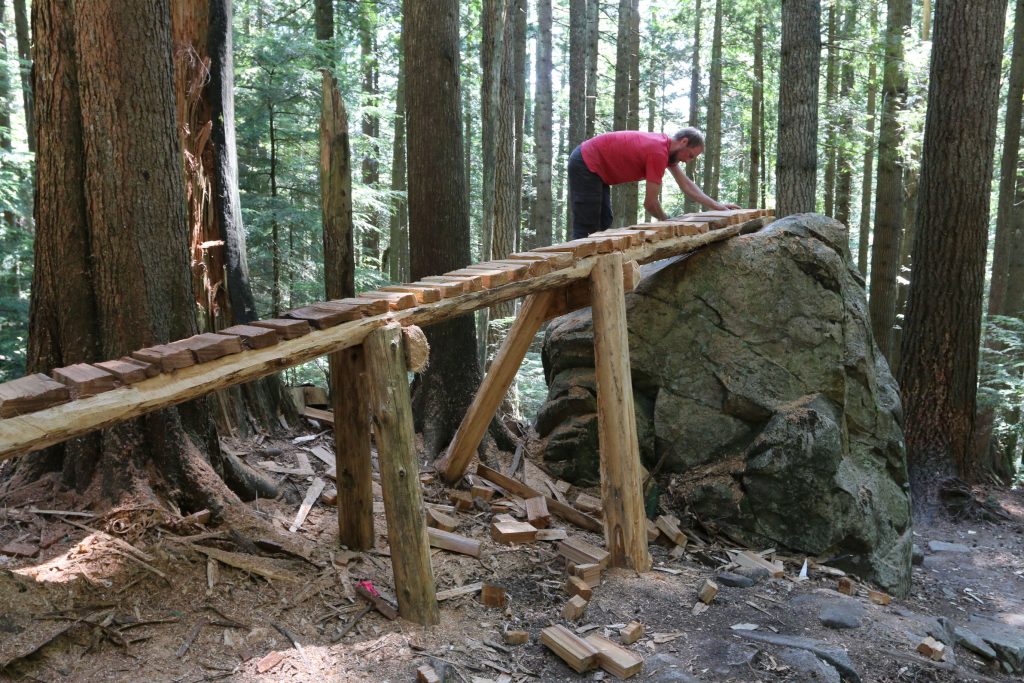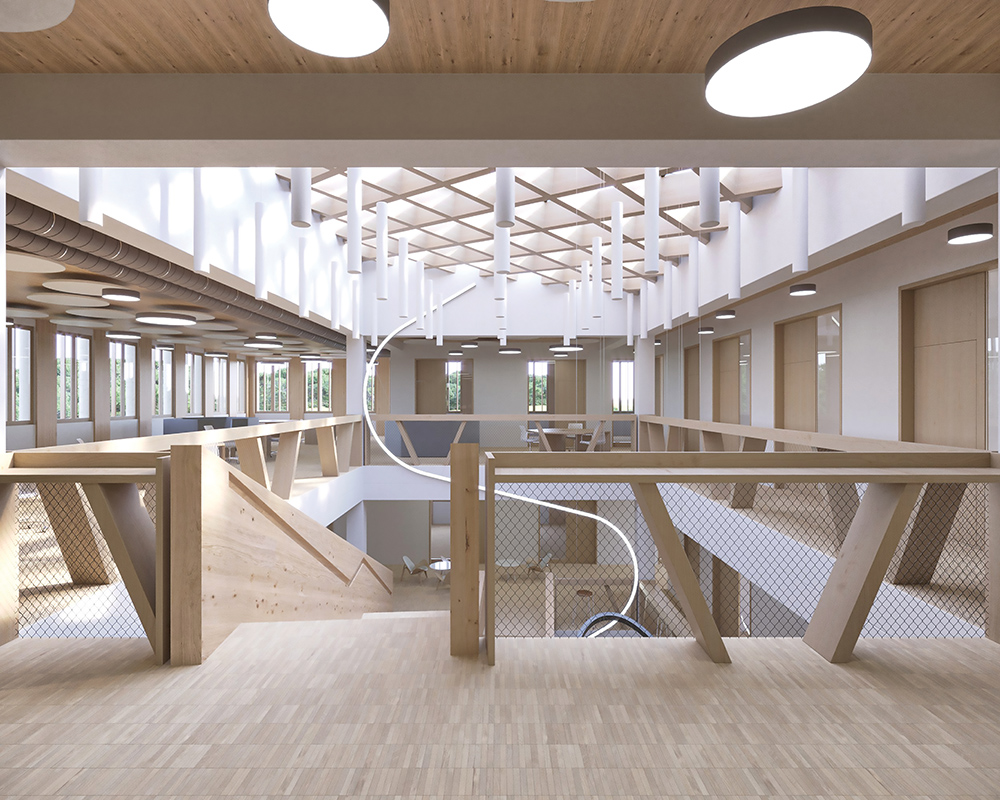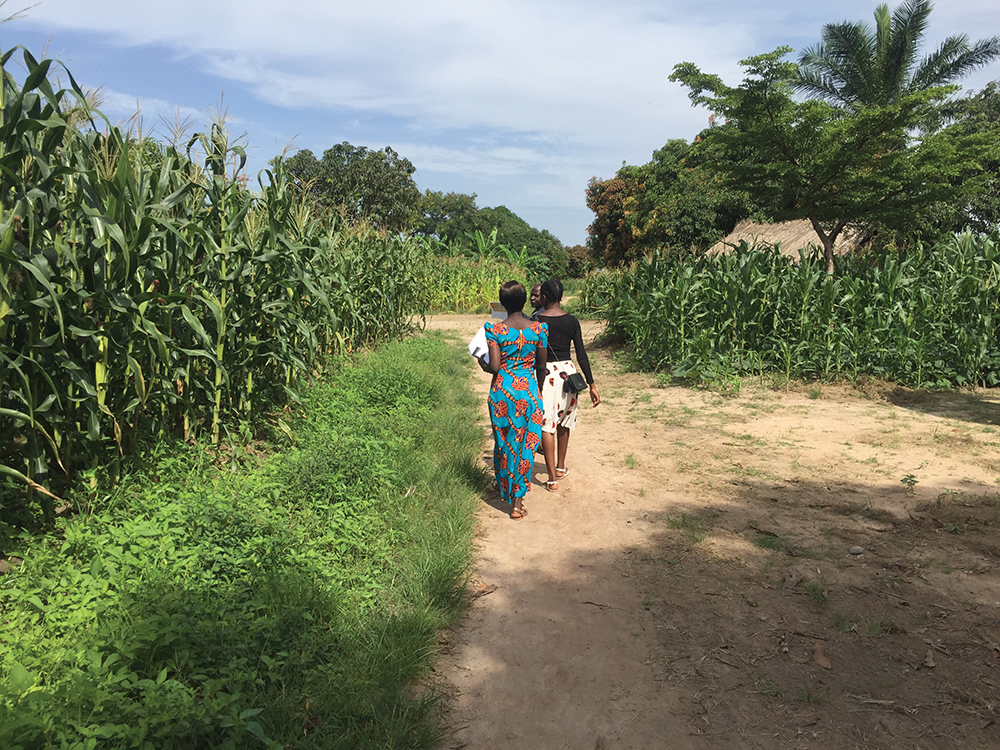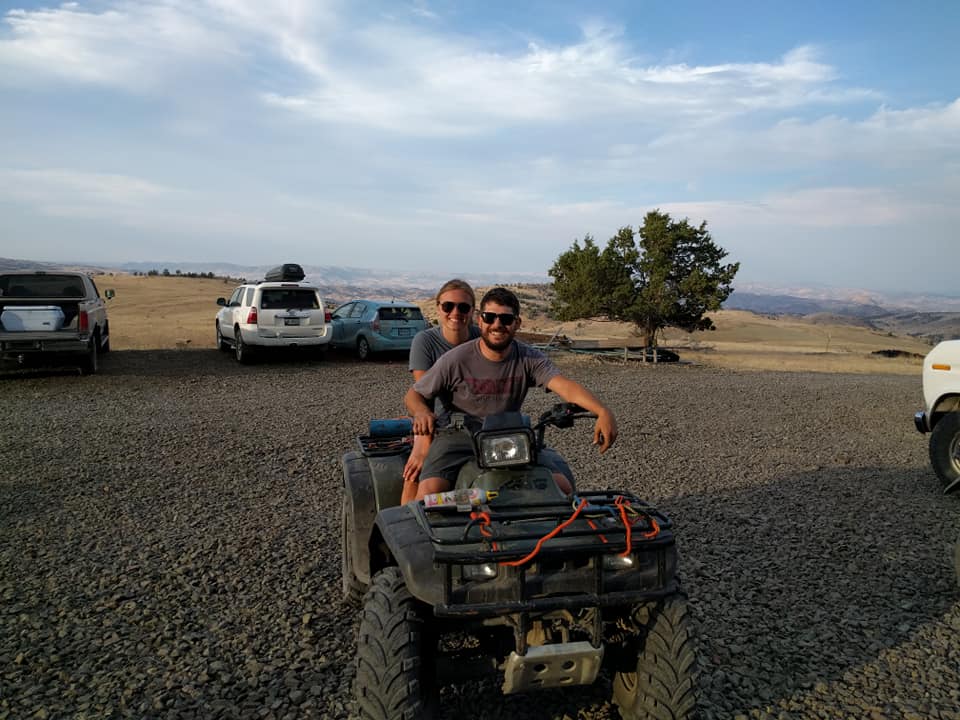What is your job?
I’m an assistant professor here in the college. My job involves teaching courses about integrating tourism, human communities and wildlife conservation goals to promote sustainability in areas with high levels of biodiversity and human-wildlife conflict. I also do research in those areas.

What is your favorite part of your job?
Both teaching and research. I love research because I find new perspectives and ways of understanding potential causes and solutions to human-wildlife conflict. I love teaching because I enjoy interacting with my students. Being in the classroom is one of my most rewarding experiences. When I hear students say that an interaction with them has created a life-changing experience – I know that I am making a difference.
How did you end up in your field?
After growing up in Uganda as a refugee from Rwanda, I went back to my father’s country for university. One day, the bus I was on broke down in a rainforest (Nyungwe National Park, Rwanda). I didn’t even know forests like that existed in Rwanda. I talked to the people who managed the forests, and they offered me a volunteer position teaching English to tourist guides. That opportunity led to over ten years managing a conservation program for the Wildlife Conservation Society, after finishing my degree in business management. I spent years walking the forest, and I enjoyed it so much that I decided to solidify my career in conservation. I did a master’s degree in conservation and tourism at the University of Kent in England, a Ph.D. at Clemson University, and the quest for answers to conservation challenges in developing countries took off from there. I’m still searching for answers about how to preserve forests and the wellbeing of human communities in high-level biodiversity areas.

What do you do when you’re not working?
I come from Africa, and we are communal, so I like to spend time with my family. By that, I don’t just mean my wife and children. It’s a huge network of people that fit the definition of family: first cousins, second cousins, third cousins, people I grew up with. We take trips to see them and remain close to them. And here, we’ve been able to create a family network and we maintain that communal lifestyle.
Other than that, we like to spend time in the forests. We went to Yellowstone National Park this summer, and that was an amazing experience for our family.
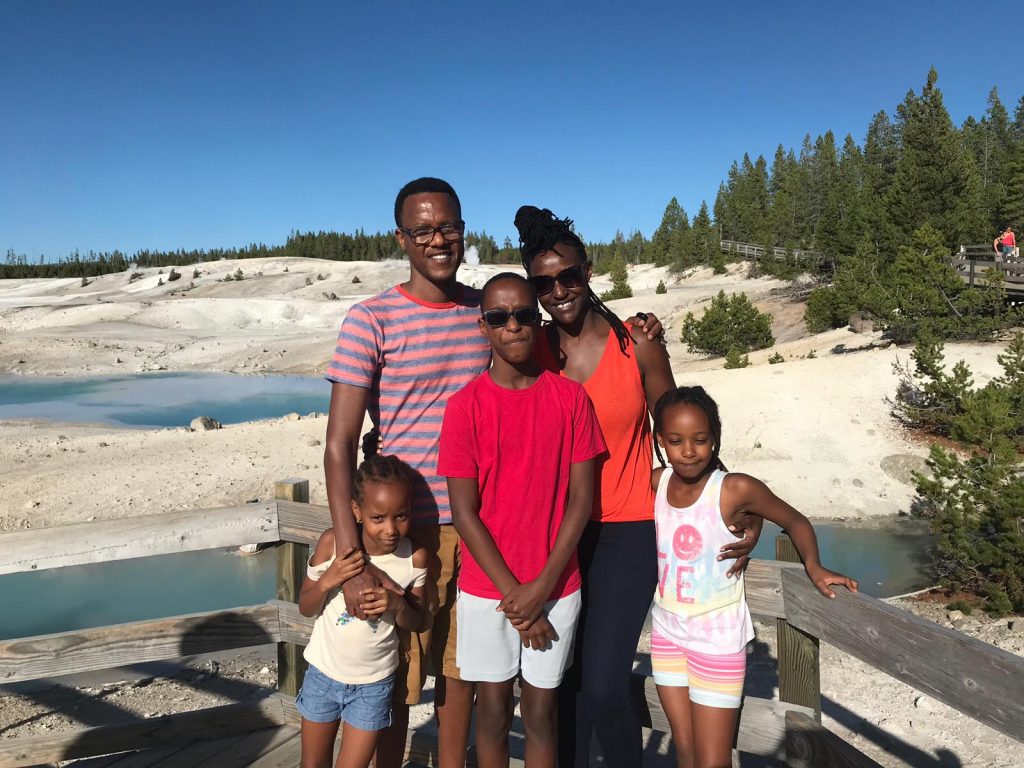
What is your favorite spot to visit in Oregon?
I love the shores of the Pacific Ocean. I love that most of the shores are protected, but also accessible to the public. My other favorite spot is Redwoods in southern Oregon!
Do you have any hobbies?
I like to fix cars, really old cars from the 50s and 60s. I like to pick them up from junkyards and fix them up. My favorite are German cars because of the straightforward engineering, geared toward safety and durability. I haven’t done that much in the past few years, but I hope to again soon.
What have you been watching lately?
I enjoy watching TED talks. I draw inspiration from people who have been successful. Being in a culture different from your own often challenging, but TED talks and motivational speeches reenergize me and remind me that I am here for a reason, and I do have something important to contribute.

If you could only eat one food for the rest of your life, what would it be?
Banana. I grew up eating it, and I love it.
If you could play any sport in the Olympics. What would it be?
Soccer.

